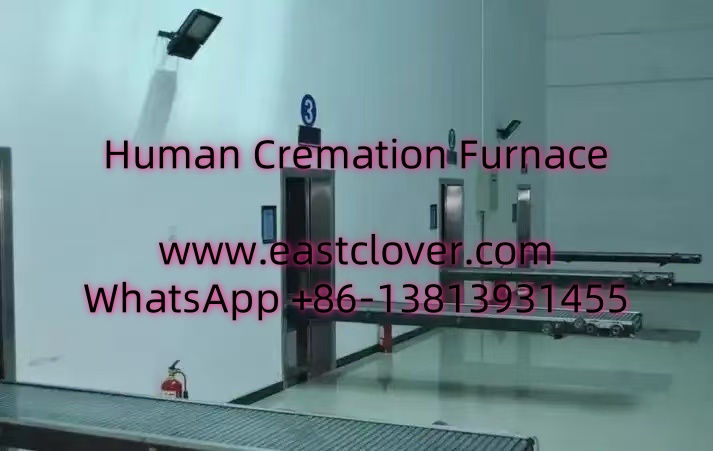Introduction to Cremation Practices in Africa
Traditional burial practices have long dominated deathcare in Africa, deeply rooted in cultural and religious beliefs. However, rapid urbanization, population growth, and land scarcity are driving a search for sustainable alternatives. Cremation, though less common, is gaining traction in urban centers like Lagos, Nairobi, and Johannesburg. This shift presents a unique opportunity for the export of modern cremation furnaces tailored to Africa’s needs.
Challenges in African Deathcare Infrastructure
Africa’s deathcare systems face significant challenges:
- Land Scarcity: Urban cemeteries are overcrowded, forcing cities to repurpose land or relocate graves.
- Environmental Concerns: Traditional burials involve non-biodegradable materials and formaldehyde, contaminating soil and groundwater.
- Cost Barriers: Burial plots in cities are expensive, burdening low-income families.
- Cultural Perceptions: Many communities associate cremation with foreign practices or religious taboos.
These challenges create a growing demand for affordable, space-efficient, and eco-friendly solutions.
Export Opportunities for Cremation Furnaces
African nations increasingly view cremation as a viable solution, opening doors for exporters of cremation technology:
Key Markets
- Nigeria: Lagos faces grave shortages, with cemeteries at 98% capacity. The state government is piloting cremation services.
- South Africa: High urbanization rates and a growing middle class drive demand for modern deathcare.
- Kenya and Ghana: Governments are exploring public-private partnerships to upgrade deathcare infrastructure.
Technology Requirements
Effective furnaces for African markets must prioritize:
- Affordability: Low-cost, modular designs to accommodate budget constraints.
- Energy Efficiency: Electric or hybrid models to reduce reliance on scarce fossil fuels.
- Emission Control: Advanced filtration systems to meet air quality standards.
- Durability: Robust construction to withstand inconsistent power supply and harsh climates.
Sustainable Deathcare Solutions
Cremation furnaces aligned with sustainability goals offer multiple benefits:
- Reduced Land Use: Eliminates the need for expanding cemeteries, preserving green spaces.
- Lower Carbon Footprint: Modern furnaces emit 50% less CO₂ compared to traditional burials.
- Circular Economy: Metal residues from cremation can be recycled, reducing waste.
Education campaigns and community engagement are critical to overcoming cultural barriers.
Case Study: Success in South Africa
In Cape Town, the city partnered with a European furnace manufacturer to install a hybrid (gas-electric) crematorium in 2022. The facility processes 30 bodies daily, reducing burial demand by 40%. Operators were trained locally, creating jobs and fostering acceptance. This model is now being replicated in Durban and Pretoria.
www.southclover.com
Africa’s evolving deathcare landscape presents a strategic opportunity for exporters of cremation technology. By prioritizing affordability, sustainability, and cultural sensitivity, stakeholders can address critical infrastructure gaps while promoting eco-friendly practices. Success hinges on collaboration between governments, communities, and international suppliers to build systems that honor tradition and innovation alike.
FAQs
Why is cremation gaining popularity in Africa?
Urbanization and land scarcity are making traditional burials unsustainable. Cremation offers a space-efficient, cost-effective alternative.
What cultural challenges exist?
Many cultures associate cremation with foreign practices. Education and community dialogue are essential to shift perceptions.
Are cremation furnaces environmentally safe?
Modern furnaces with emission filters minimize pollution, making them greener than conventional burials.
Which African countries are leading in adoption?
South Africa, Nigeria, and Kenya are early adopters due to acute urbanization pressures.
How can exporters ensure local compatibility?
Furnaces must be energy-efficient, durable, and adaptable to local power grids and climates.

Comments are closed